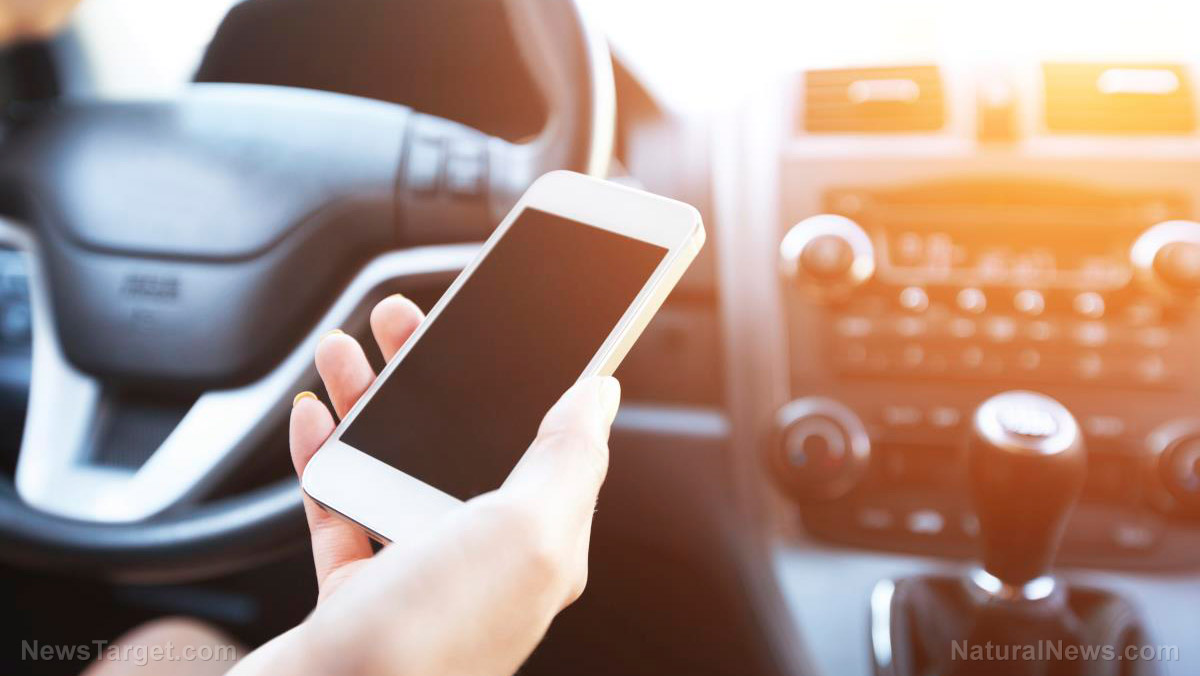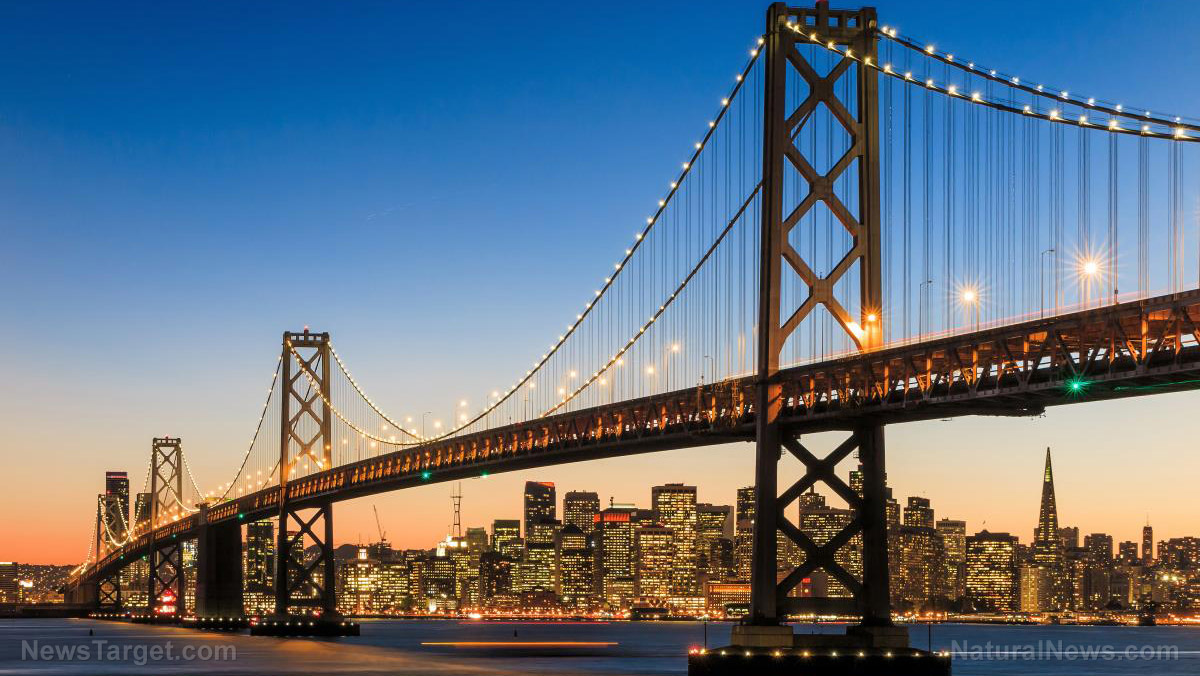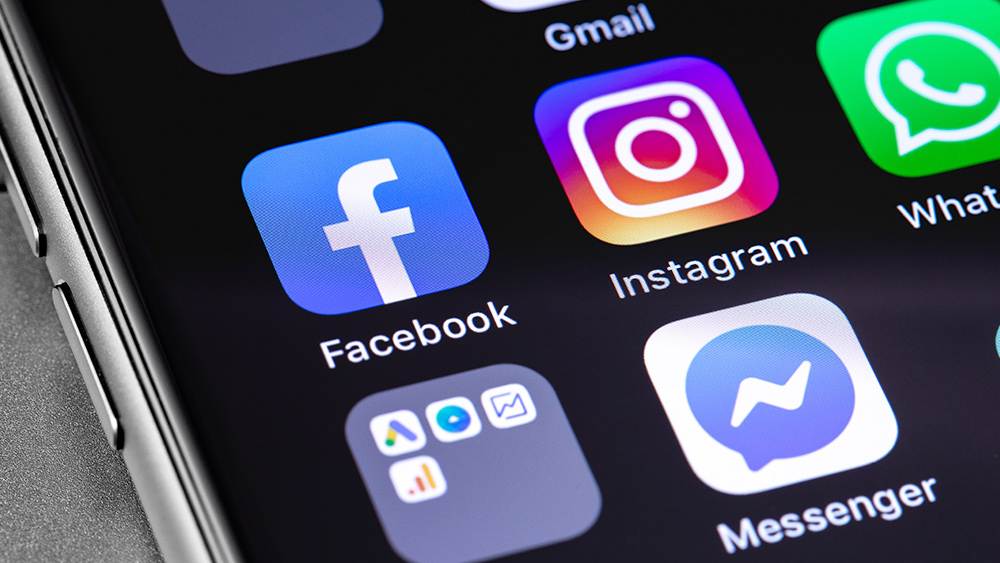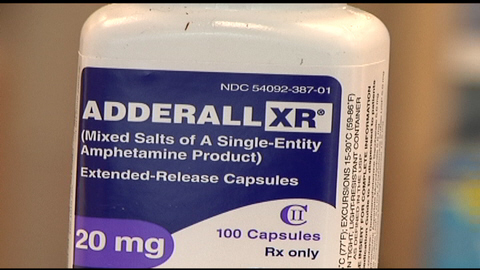
It may be that U.S. government statistics under-report the role of distracted driving especially since smartphones have become all-purpose devices rather than just relied upon for casual yakking.
According to Bloomberg, it is getting far more dangerous on the roads particularly for those outside the vehicles.
Over the past two years, after decades of declining deaths on the road, U.S. traffic fatalities surged by 14.4 percent...There are however three big clues, and they don’t rest along the highway. One, as you may have guessed, is the substantial increase in smartphone use by U.S. drivers as they drive.
The second clue is that Americans are supposedly abandoning mere chit-chat and using their phones behind wheel for texting and accessing social media portals such as Facebook and Instragram, which obviously takes a lot more attention.
The third clue is found among those who have borne the brunt of smartphone distraction.
Finally, the increase in fatalities has been largely among bicyclists, motorcyclists, and pedestrians — all of whom are easier to miss from the driver’s seat than, say, a 4,000-pound SUV — especially if you’re glancing up from your phone rather than concentrating on the road.
As alluded to above, Bloomberg also suggest that National Highway Traffic Safety Administration numbers crunchers work with incomplete data, which may underestimate the scope of the problem.
Out of NHTSA’s full 2015 dataset, only 448 deaths were linked to mobile phones — that’s just 1.4 percent of all traffic fatalities...There are many reasons to believe mobile phones are far deadlier than NHTSA spreadsheets suggest. Some of the biggest indicators are within the data itself. In more than half of 2015 fatal crashes, motorists were simply going straight down the road...In a recent study..., the nonprofit National Safety Council found only about half of fatal crashes tied to known mobile phone use were coded as such in NHTSA databases. In other words, according to the NSC, NHTSA’s figures for distraction-related death are too low.
https://twitter.com/business/status/920589687953199104
While 2016 data is not yet available, perhaps complicating matters generally is that NHTSA gets its info from states, and some states and localities lack a smartphone-distraction box on police accident forms.
According to one expert, the actual number of deaths related to mobile phones could be three times what the feds claim.
Most states have banned texting while driving, and a lesser number require hands-free-only operation. Some states impose limitations on cell phone use by teens.
The StopDistractions.org website indicates that nearly 400,000 car crashes in 2015 involved a distracted driver and about 3,500 of the crashes resulted in someone being killed.
https://twitter.com/business/status/920274037376512000
Separately, another problem is that you often see not very smart individuals, a.k.a. smartphone zombies, meandering down the street with their heads bent over their mobile phones, increasing the likelihood that they might walk into a pole, wander into busy traffic, or suffer some other physical malady. Honolulu recently enacted an ordinance that imposes fines on distracted pedestrians caught looking at a smartphone while crossing the street.
The societal cell phone addiction issue is exacerbated because many of us legitimately depend on these pervasive devices for important job-related functions and to keep track of family rather than just for frivolous activity.
Apart from the hazards of distracted driving, which obviously are considerable, smartphone operation can be hazardous to the health of the individual user. Last year, Natural News founding editor Mike Adams noted that a multi-year, government-funded study revealed that cell phone radiation is a causal element in brain cancer.
Sources include:
Please contact us for more information.























